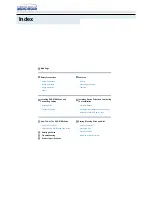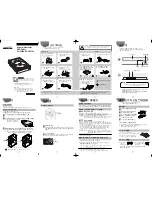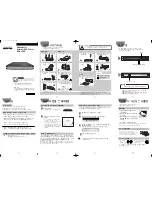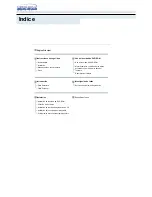
54 |
P a g e
when the motor is turned off, how long it is off, and also prevent short cycling of the motor at low water
flow rates. More information including default values for these parameters can be found in
Constant Pressure Parameters.
DRAWDOWN PSI
and
BOOST AMOUNT
The primary method of preventing short cycling is to allow a differential between the pressure at which
the pump turns off to enter sleep mode and the pressure at which it restarts. Two parameters,
DRAWDOWN PSI
and
BOOST AMOUNT
, control this differential.
BOOST
AMOUNT
specifies the
increase in pressure above
psi SETPOINT
just before the pump shuts down to enter sleep mode, while
DRAWDOWN PSI
specifies the pressure drop below
psi SETPOINT
at which the pump restarts. For
example, assume
psi SETPOINT
= 50,
BOOST AMOUNT
= 5, and
DRAWDOWN PSI
= 5. When the
pump is ready to enter sleep mode, the pump will boost to 55 psi, then restart when the pressure falls to
45 psi. These two parameters can be used together or independently to create a dead band in
pressure control
.
Both
OVERPRESSURE PSI
and
SHUTOFF FREQUENCY
cause the drive to enter sleep mode.
OVERPRESSURE psi
is additional system protection. It is a value that is added to the
psi SETPOINT.
The default value for
OVERPRESSURE psi
is 20. For example, if the
psi SETPOINT
is
50 psi, the
drive will stop the motor if pressure reaches 70 psi.
The parameter
SHUTOFF FREQUENCY
is used to put the drive in sleep mode when pressure is
controlled and flow is low. Shut off frequency is a value that is added to
MIN FREQUENCY.
For
example, if minimum frequency is 30 Hz and shut off frequency is 12, the drive will enter sleep mode at
42 Hz. When a value of zero is entered for the parameter
SHUTOFF FREQUENCY
, sleep mode is
disabled.
CAUTION:
When sleep mode is disabled in low flow conditions, the drive will slow down to
minimum frequency and continue to run. Inadequate water flow in this condition may overheat and
damage the pump.
ON/OFF Cycle Timers
The drive records the length of time the motor remained in the OFF cycle and compares that time to the
parameter,
TOFF
. If the motor-off time during the last OFF cycle was greater than the value of
TOFF,
then the minimum motor-on time will be equal to
T1ON
. If the motor-off time was less than
TOFF
, the
minimum motor-on time will be equal to
T2ON
.
In other words, the time of the last OFF cycle determines whether the next ON cycle should be relatively
long or relatively short. The graphic in
demonstrates how the system adjusts the motor-on
time in response to motor-off time.
Содержание 2XD Series
Страница 10: ...4 P a g e 2 3 Dimensional Drawings Figure 5 SD Series Line Drawing...
Страница 11: ...5 P a g e Figure 6 SD Series Line Drawing if selected with optional breaker see Figure 9...
Страница 12: ...6 P a g e Figure 7 SD Series Line Drawing if selected with optional breaker see Figure 9...
Страница 13: ...7 P a g e Figure 8 SD Series Line Drawing if selected with optional breaker see Figure 9 or Figure 10...
Страница 14: ...8 P a g e Figure 9 SD Series Line Drawing...
Страница 15: ...9 P a g e Figure 10 SD Series Line Drawing...
Страница 16: ...10 P a g e Figure 11 2XD Series Line Drawing...
Страница 80: ...74 P a g e Figure 36 SW1 in SD Systems...
















































